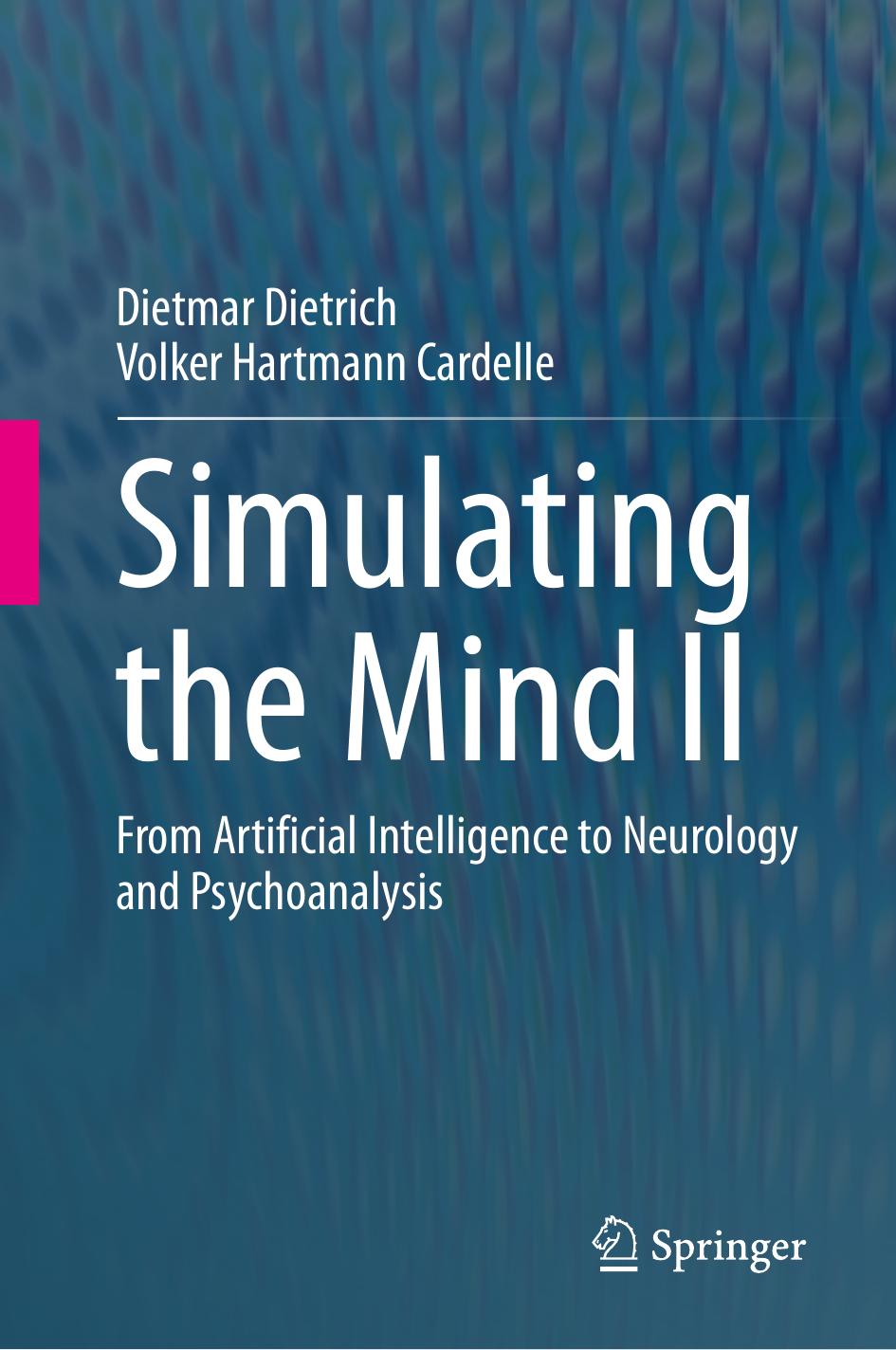

Most ebook files are in PDF format, so you can easily read them using various software such as Foxit Reader or directly on the Google Chrome browser.
Some ebook files are released by publishers in other formats such as .awz, .mobi, .epub, .fb2, etc. You may need to install specific software to read these formats on mobile/PC, such as Calibre.
Please read the tutorial at this link: https://ebookbell.com/faq
We offer FREE conversion to the popular formats you request; however, this may take some time. Therefore, right after payment, please email us, and we will try to provide the service as quickly as possible.
For some exceptional file formats or broken links (if any), please refrain from opening any disputes. Instead, email us first, and we will try to assist within a maximum of 6 hours.
EbookBell Team

5.0
108 reviews
ISBN 13: 9783031695292
Author: Dietmar Dietrich, Volker Hartmann Cardelle
The declared goal of this book, an extended and revised translation of the German edition (2021), is to show how a unified model of the psyche and body can be developed via insights from psychoanalysis, neurology and computer technology. On the one hand, such a model allows for the testing of psychological and social theories on a scientific basis with the help of simulation experiments. On the other hand, the model developed according to the functional structures of the human brain and psyche provides the basis for artificial intelligence systems. These are systems with cognitive capabilities that can save human lives, save energy, ensure safety at airports, provide support in old-age care and in the medical field; in other words and generally speaking, systems that can simplify our lives in a relevant way and on a broad basis. A great deal of time and money is invested in genetic engineering and neurology, but research into the mental apparatus in the context of the neurological part, i.e., modeling the brain in a holistic way, is sparse in every respect. However, the results of the scientific project SiMA, of which the first author has been a driving force, show that the research of this organ, which in the authors’ understanding includes the mental apparatus, as a whole, is quite feasible today. This is also the main message of the book, which addresses topics such as artificial intelligence, the brain, psychoanalysis, behavioral models, complexity, bionics of the mental, emotions and feelings, consciousness and awareness, preconscious and unconscious, the functional (and not only behavioral) description and modeling of the brain and especially of the mental apparatus, and some more. In the world of technology, there is generally little interest in psychoanalysis, whereas in the world of psychoanalysis, people usually refuse to deal with mathematics and technology, especially computer technology. Is there an information theory of the brain on the one hand, and of computer technology on the other hand? The authors attempt to answer this question from both sides. With the goal to reach as many readers as possible and to provoke, the authors break with traditions and give space to new forms of thinking and argue that it is crucial to take a new path in automation, in artificial intelligence and in (technical) cognitive science, but also in psychoanalysis and neurology, in order to create a common basis for scientific and technical possibilities that have been previously inaccessible.
1. Motivation
2. Philosophy, Consciousness and Axiomatics
3. Neurological and Psychoanalytical Models
4. Why Do Humans Need Machines with Consciousness?
5. Models and Tools of Computer Engineering for Bridging Neurology and Psychoanalysis
6. Development of the Ψ-Organ Model (SiMA Model)
7. Conclusion
simulating the mind ii
simulate the mind
simulating the brain
stimulating the mind meaning
stimulating the mind
Tags: Dietmar Dietrich, Volker Hartmann Cardelle, Simulating, Mind